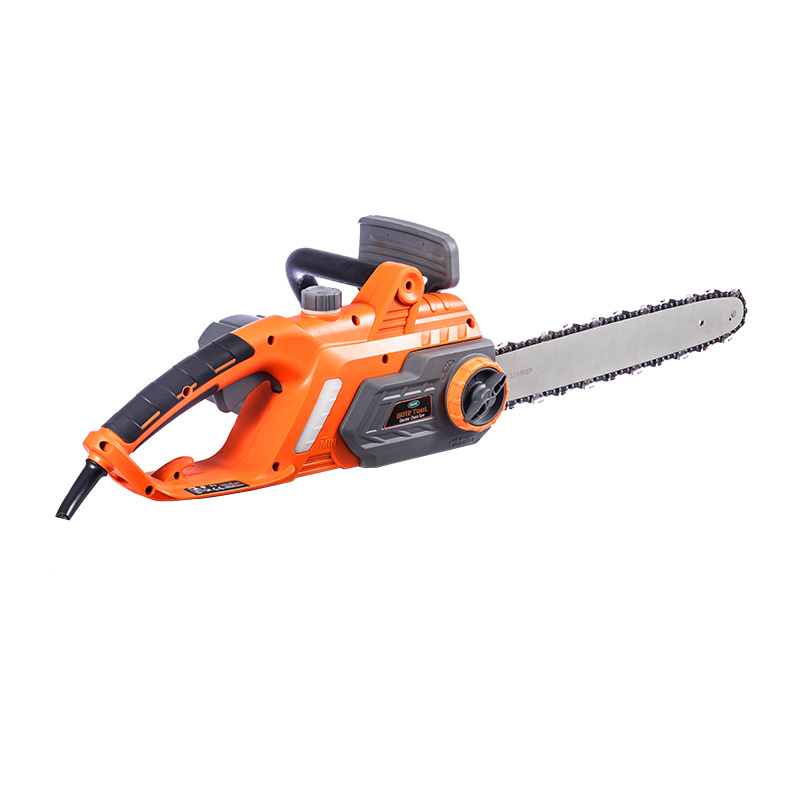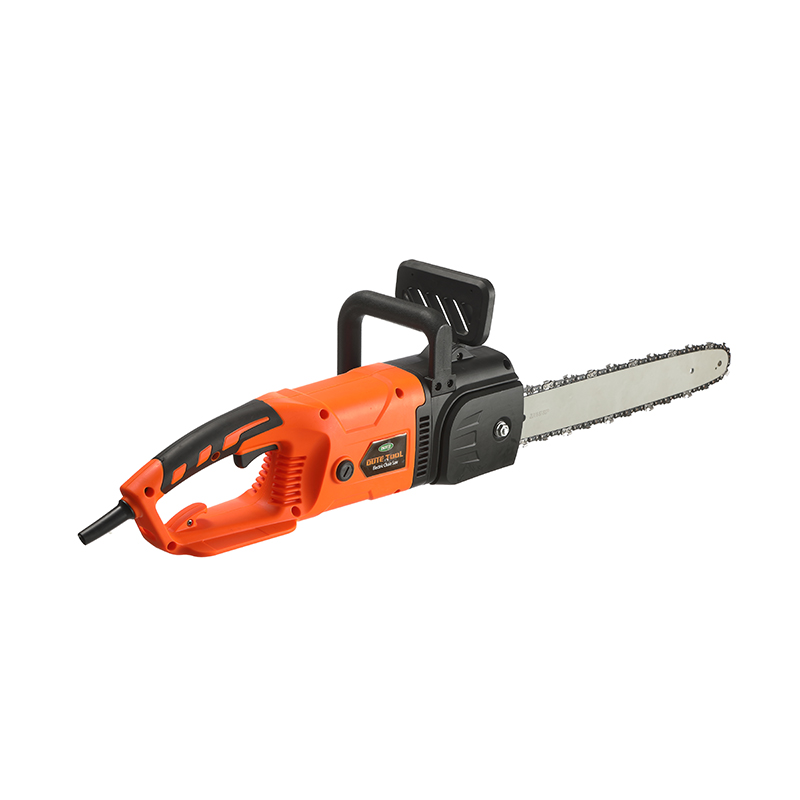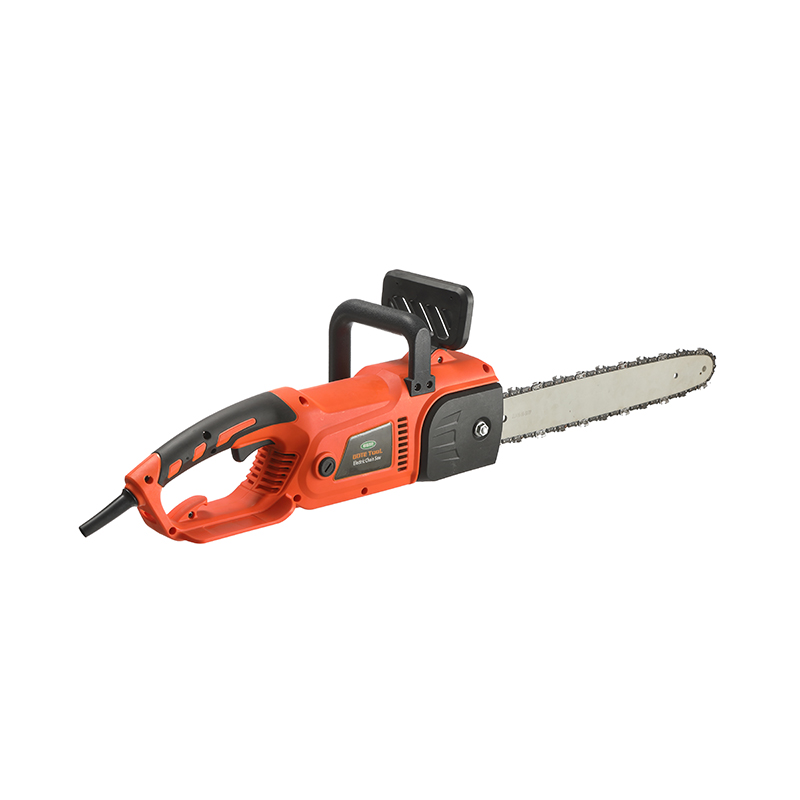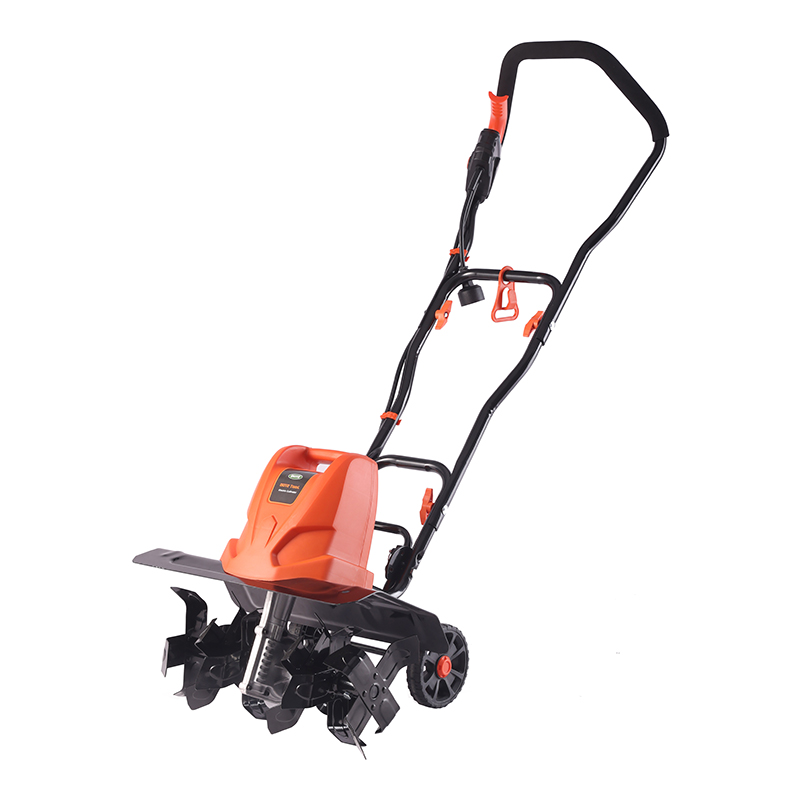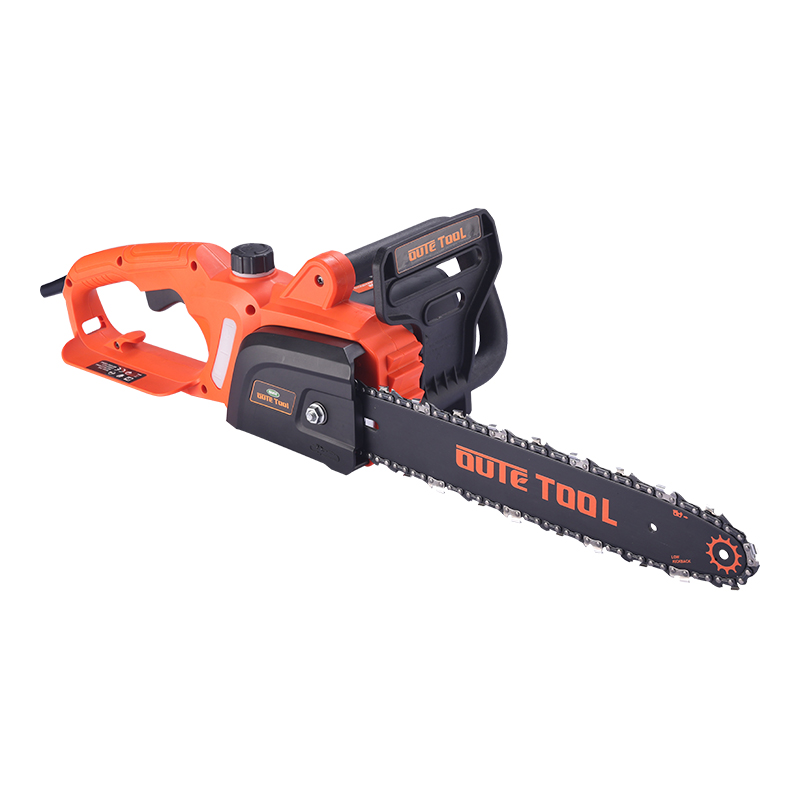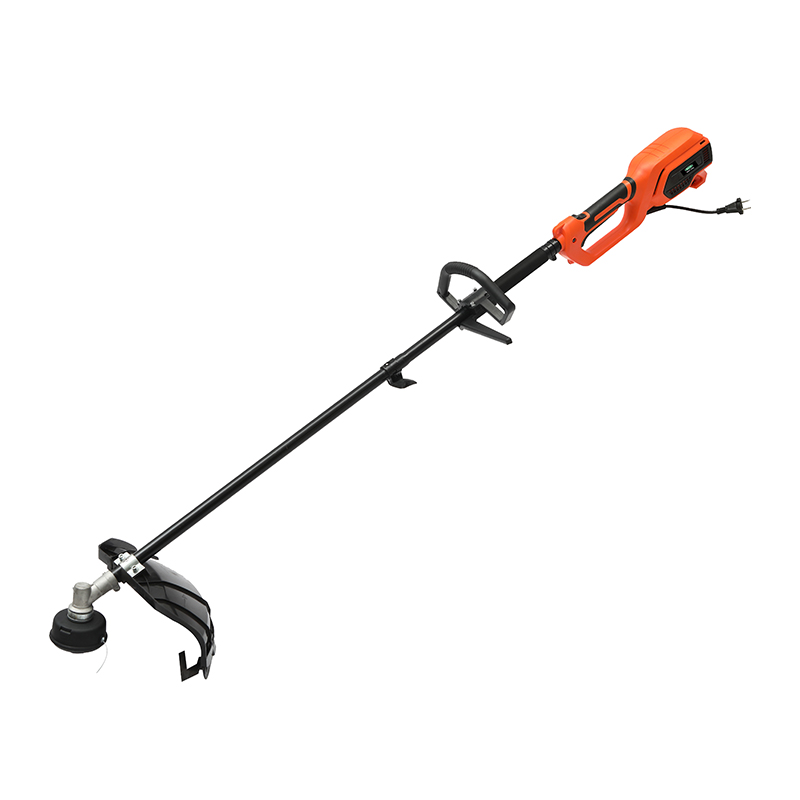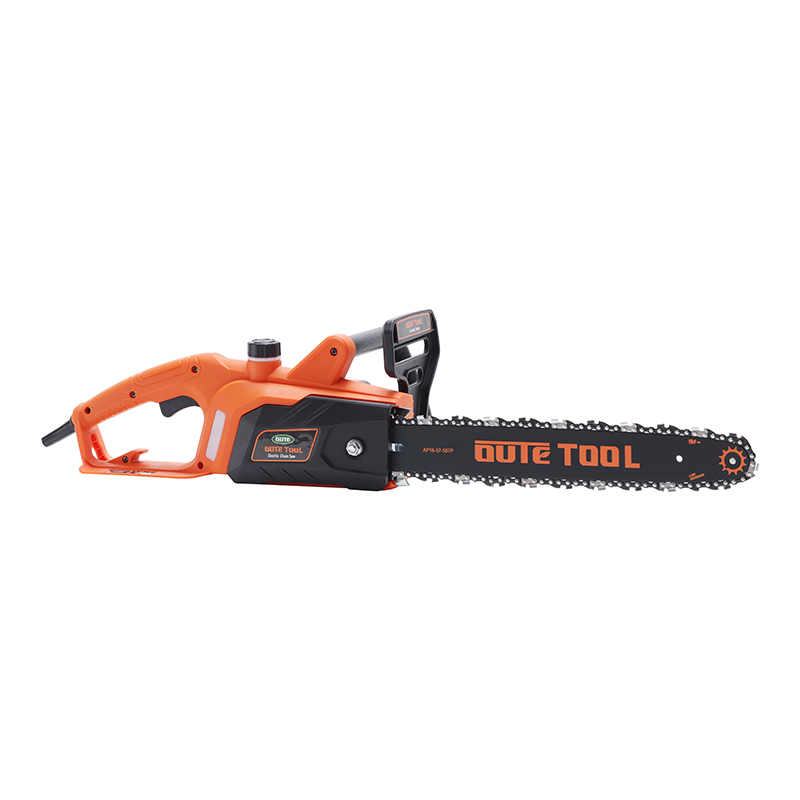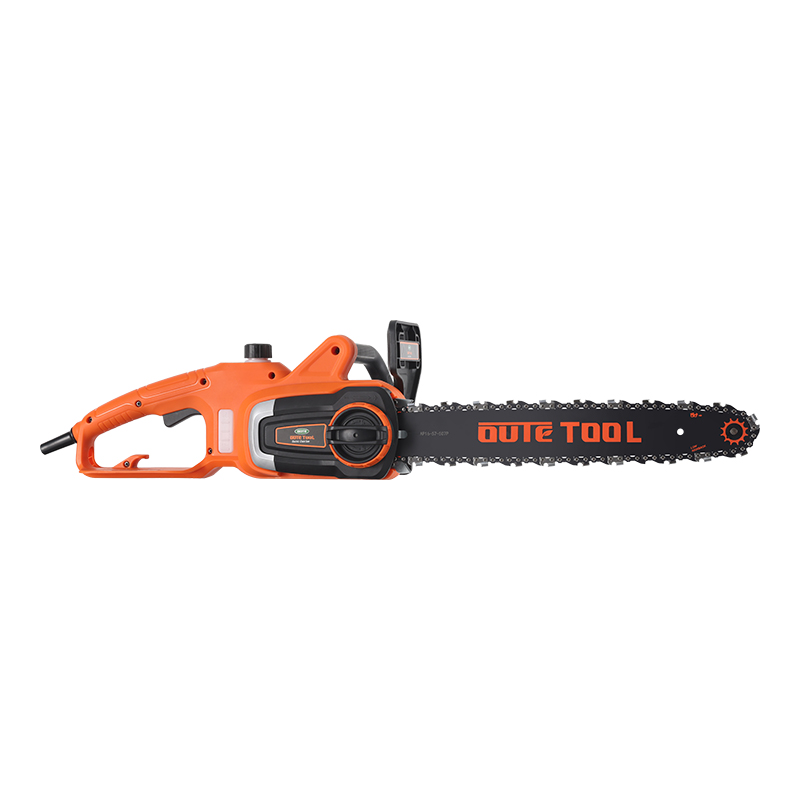The power grass trimmer cannot cut grass in every corner and crevice of the lawn. After mowing, you may notice that there is no mowed grass around gardens, fences, tree trunks, and other obstacles. Follow these tips for using a wire trimmer to make perfect cuts in all corners of the lawn.
Tip #1: Find the right thread cutter for you.
There are several different trimmers to meet the needs of you and your lawn:
String trimmers tend to use 40 to 80-volt lithium-ion batteries and are clean, quiet, and light. The cordless version adds mobility to your work; however, the corded electric trimmer does not require charging time and is lighter.
The gas string trimmer uses a gas engine that provides more power than an electric engine. These trimmers are wireless and mobile, but you must refuel regularly to continue using them. Some gas trimmers need to be pulled to start to crank, while other models have automatic cranks.
String trimmer lawnmowers or walk-behind trimmers are similar to traditional lawnmowers, without size or rotating blades. For traditional lawnmowers and trimmers that are too large or too small for lawn parts, the string trimmer provides a range in between.
Tip #2: Take safety precautions when using wire cutters.
Like a lawnmower, the trimmer uses a rotary motion to cut grass and thin wood plants. For example, a trimmer that cuts in a counterclockwise rotation will discharge cutting debris to the left.
Confirm the direction of rotation of your string trimmer and adjust your position appropriately to prevent harmful debris from hitting your body, such as rocks, glass, plastic, or anything else that may fly away when hit by the trimmer's filaments Small objects. In addition, keep children and pets indoors, or place them and other people on the opposite side of the ejection direction.
Tip #3: Use the direction of rotation when using the thread trimmer.
Although you must pay attention to the direction of rotation of the rope trimmer to ensure safety, the direction of rotation can also best use the rope trimmer. Make sure your rope trimmer discharges the material from the cutting path to avoid working on piles of cut material, which will greatly reduce the efficiency of the tool and cause uneven lawn trimming.
Tip #4: Use cutting techniques suitable for your yard environment.
You can trim the lawn neatly by operating your rope trimmer precisely. The string trimmer looks bulky at best, but you can use a few different techniques to get the even cut you want. Mark Clement of Popular Mechanics recommends the following methods:
Taper: To cut along the border of the lawn, adjust the angle of the wire trimmer so that the wire is cut at a certain angle. Clement explains that you can get the best cutting results at the tip of the line, so tilting the trimmer slightly downward will help cut smaller, more manageable parts, while allowing the line to strike at its strongest point.
Trimming: This method is useful when you need to mow the edge of a parallel surface (such as a driveway or sidewalk). Do not tilt the trimmer down, but hold the tool to cut the line vertically. Clement points out that trimming may uproot rocks and soil, and suggests that if you have not trimmed before, relax these parts of the lawn into the correct cut over time.
Sickle: Swing your trimmer gently in a U-shaped pattern to navigate difficult or obstructive areas of the lawn. This method provides easy-to-manage trim, and by overlapping patterns, you will get the uniform cut you need.
Leveling: Clement explained that this method of using a rope trimmer helps cut grass and weeds outside of sidewalks, driveways, and other paved areas. Adjust the angle of the trimmer so that the tip of the line touches the sidewalk, but the rest is close to the bottom of the weeds or grass.
Tip #5: Take care of your wire cutters.
Unlike other tools, maintaining your thread trimmer will make it still usable in the next few years. After each use, wipe off the grass and dirt debris from the line or replace it if necessary. String replacement is very common, especially if you often use string trimmers. For pneumatic tandem repair machines, replace the spark plugs every three to four months. Finally, empty the air tank of the trimmer before long-term storage.
If you buy a suitable string trimmer according to your needs, maintain it properly, and remember the cutting direction to ensure a safe and good cut, you will soon use your string trimmer like a professional.
